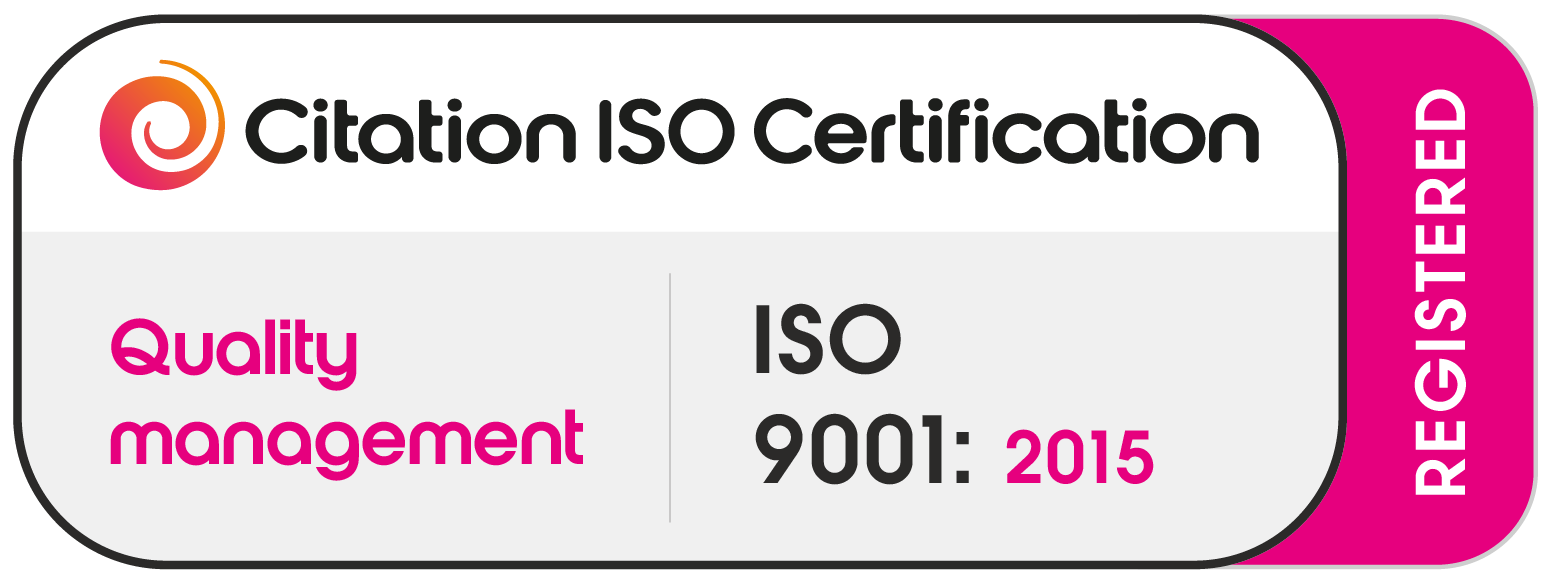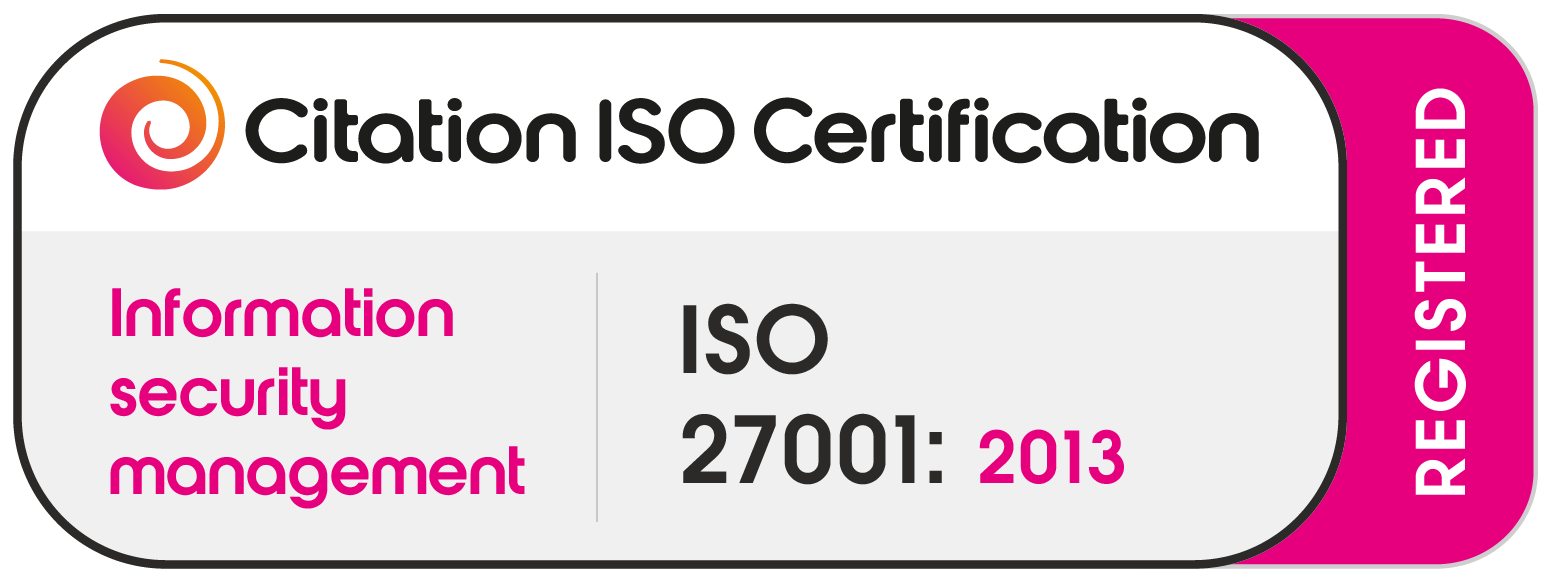When you run multiple due diligence projects at once, patterns start to emerge. One of the clearest is energy. Some teams come in hot — sharp, switched on, ready to go. Others? It’s less pulling teeth, more dragging a piano uphill in flip-flops.
You can’t help but compare them — it’s like sports day for management teams. And while we’re not handing out medals, we are quietly noting who’s going to be a dream to work with post-deal… and who might be a problem.
🟢 The Energetic Team:
- Responds to emails the same day — no chasing required.
- Joins meetings prepared, curious, and open to learning.
- Voluntarily shares information beyond what’s asked.
- Surfaces “known knowns” with context, not defensiveness.
- Is self-aware — honest about team dynamics, gaps, and growth areas.
These teams give us confidence. Not because they’re perfect, but because they engage fully and transparently. They’re not just being evaluated — they’re evaluating with us. That’s powerful.
🔴 The Laggards:
- Take days (sometimes weeks) to respond to basic requests.
- Deliver partial or misaligned information when they do respond.
- Appear defensive or passive in meetings — no hunger to learn.
- Avoid surfacing risks or known challenges.
- Shut down conversations about team dynamics or culture.
Working with them feels like running a marathon through treacle.
Why does this happen?
Several reasons crop up again and again:
- Misalignment — the team doesn’t see how the deal benefits them, so they’re half in.
- Gaps in knowledge — they don’t have the data or infrastructure to respond well.
- Gatekeepers — an external party is controlling access or information.
- Deliberate slowdown — very rare, but we’ve seen experienced teams strategically slow things down to avoid scrutiny. (I recall one CEO — previously a DD consultant — who did exactly this.)
Why it matters
Low energy doesn’t just slow us down — it creates blind spots:
- We can’t confidently conclude anything material.
- We’re often left with assumptions rather than insight.
- We can’t triangulate forecasts, projections, or growth plans with the tech and team reality.
That’s not just frustrating — it’s risky. For investors. For everyone.
If the team is like this pre deal….
We flag unresponsive teams early — both to them and the investor. But here’s the bigger issue: if this is how they show up during DD, how are they going to show up post-deal?
Energy is a signal. Ignore it at your peril.







